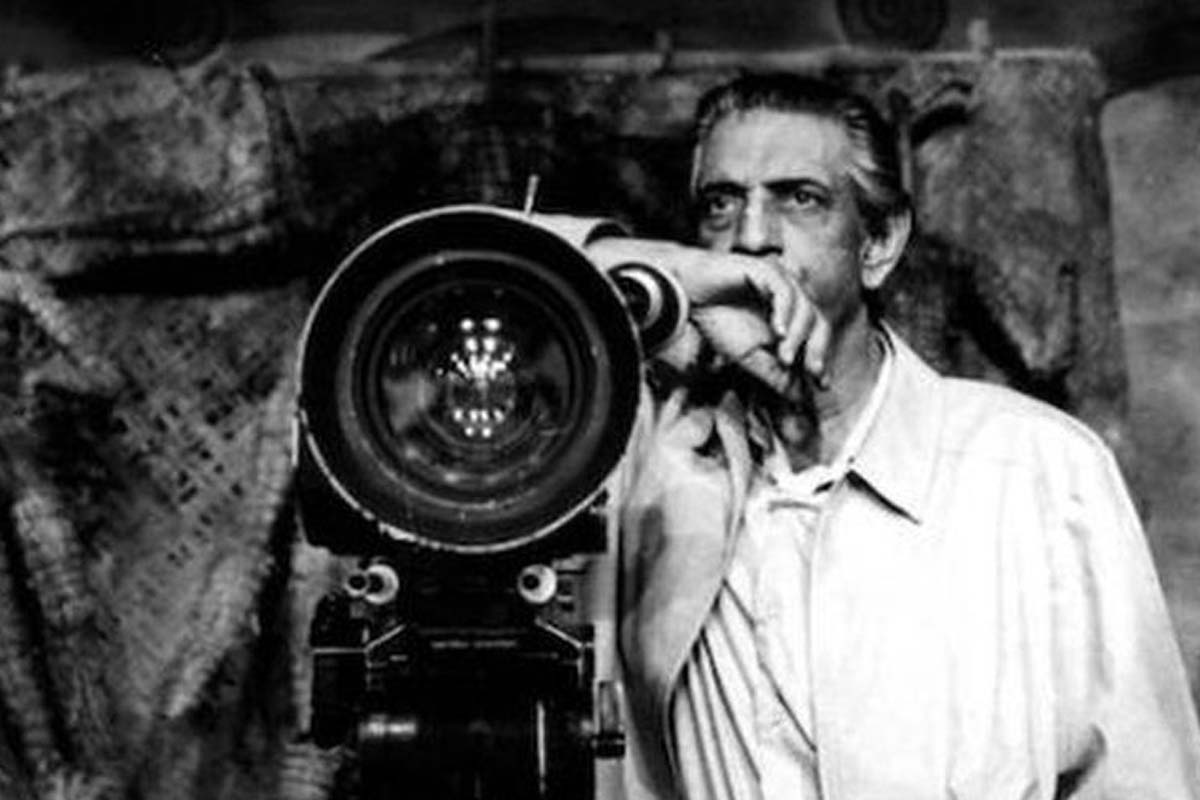Satyajit Ray is considered as the jewel of Indian cinema. One of the greatest filmmakers of all time, he was born on May 2, 1921, in Kolkata, India. Ray is widely regarded as a cultural icon in India and is known for his contributions to Indian cinema as a director, screenwriter, and composer.
His films are revered for their humanistic approach, nuanced characterizations, and deft use of symbolism. Japanese master Akira Kurosawa says: “Not to have seen the cinema of Ray means existing in the world without seeing the sun or the moon.”
Advertisement
Ray’s humanistic approach to filmmaking and his focus on character development and naturalistic performances helped to redefine Indian cinema and set it apart from the formulaic, melodramatic films that were popular at the time. His use of music and sound in his films was also groundbreaking, and he is often credited with introducing the use of Indian classical music in film.
Advertisement
Similar to how Bengalis’ thinking was frequently too multifaceted for their imperial rulers, Ray’s work is almost too diverse for reviewers to easily take into account. He wrote mystery stories, Ibsen adaptations, and children’s films in addition to being a skilled artist and filmmaker. He participated in discussions of capitalism and was aware of the struggle faced by women in India after independence.
The huge metropolis of Kolkata, the capital of West Bengal, is depicted in the His City trilogy as being in advanced ruin and unable to offer work to its bright, eager young people. Although Ray was always a poet of the personal, these films also make allusions to the Vietnam War, Bangladesh’s struggle for independence, and the moral depths to which capitalism can drive the desperate.
His works contribute to the exquisite treasures of Indian cinema. Everyone with an interest in films should watch his work. Ray was given the Honorary Academy Award in 1992 and became the first Indian to be bestowed with the Oscar for Lifetime Achievement.
Ray began his career as a commercial artist and illustrator, but his love for cinema led him to write film reviews and screenplays for Bengali films. His debut film, Pather Panchali (1955), marked a new era in Indian cinema, and it was hailed as a masterpiece by critics worldwide. The film, which was based on a novel by Bibhutibhushan Bandopadhyay, follows the life of a young boy named Apu, who grows up in a rural Bengali village. The film was noted for its stunning cinematography, music, and naturalistic performances, and it earned numerous accolades at film festivals around the world.
Ray went on to direct several other films in the Apu Trilogy, including Aparajito (1956) and Apur Sansar (1959), which further cemented his reputation as a master filmmaker. He continued to make films throughout his career, tackling a wide range of subjects and genres, from the supernatural thriller, Mahanagar (1963), to the satire, Nayak (1966).
In addition to his filmmaking, Ray was also a gifted writer and illustrator. He wrote several books, including a popular series of detective stories featuring the character Feluda, and he illustrated many of his own film posters and book covers. His contributions to Indian culture and art earned him numerous awards and honours, including the Bharat Ratna, India’s highest civilian honour, in 1992.
In 1992 when Ray passed away, Kolkata came to a stop. The man was rightfully hailed as one of the most towering artists. Ray was much more than a bengali or an Indian, he was one of the most important personalities of the world cinema. His legacy continues to inspire filmmakers around the world, and his films remain timeless classics that are cherished by audiences and critics alike. On his birthday, we celebrate his life and his contributions to Indian cinema and culture, and we reflect on the enduring impact of his work.
Advertisement











